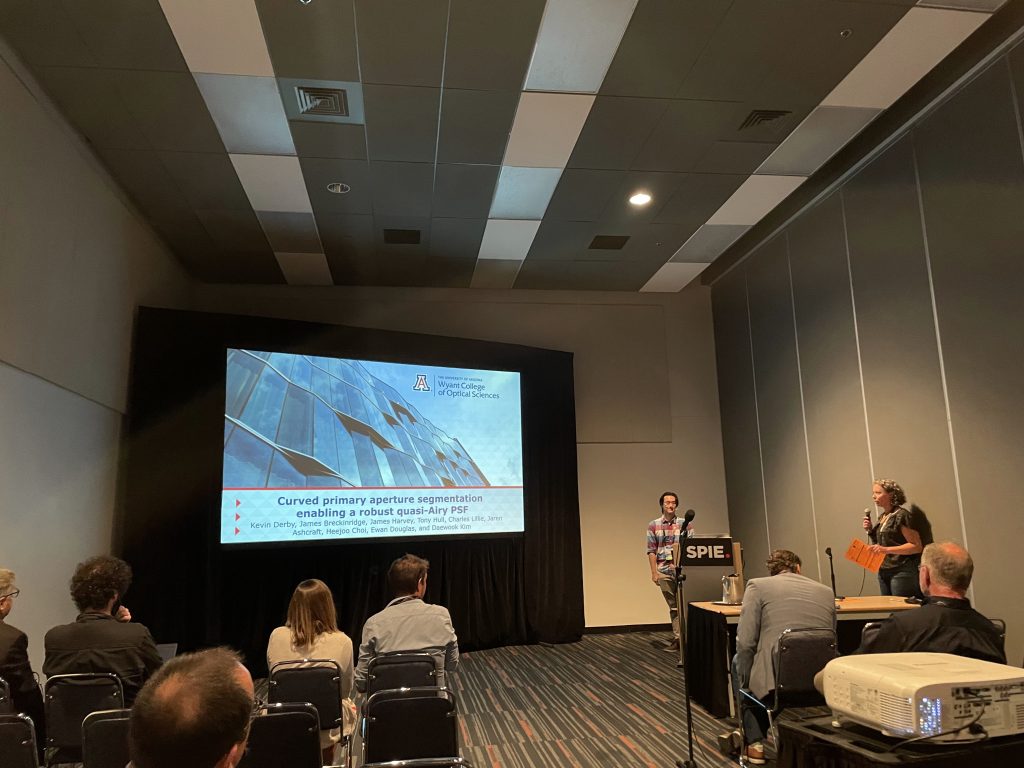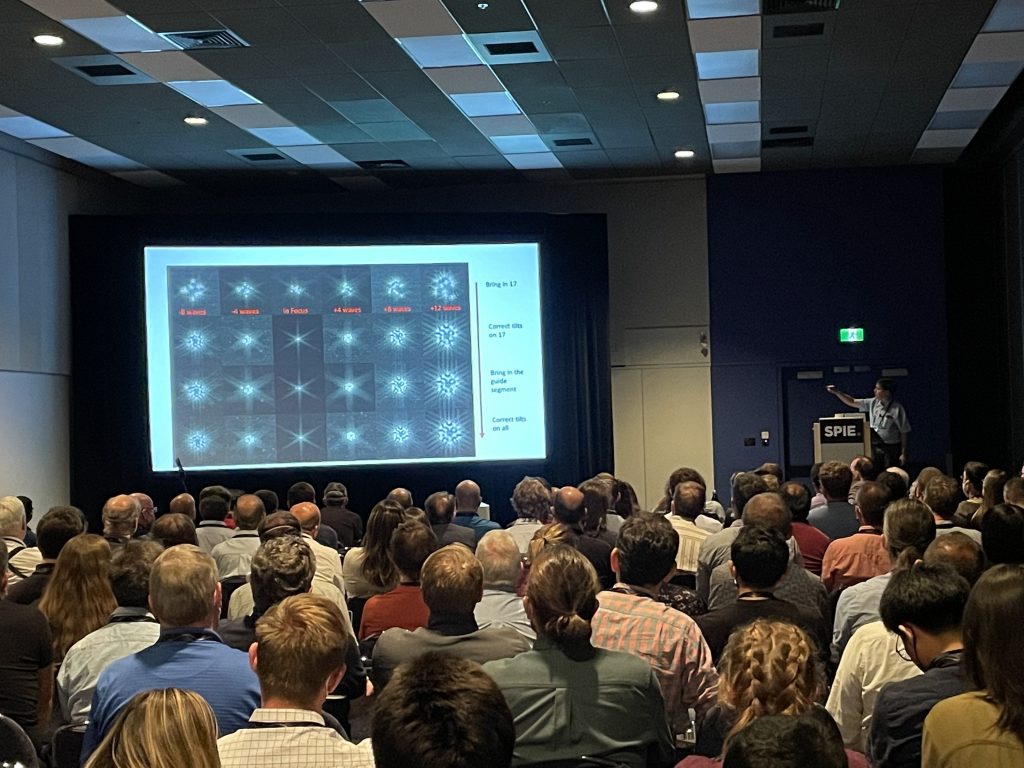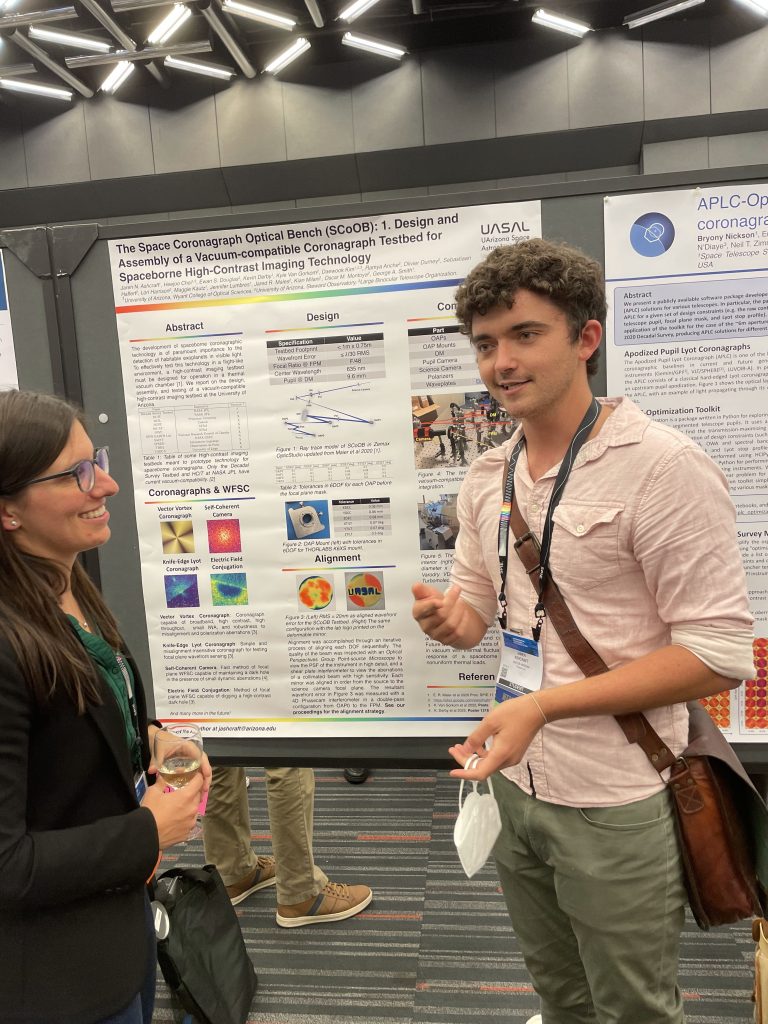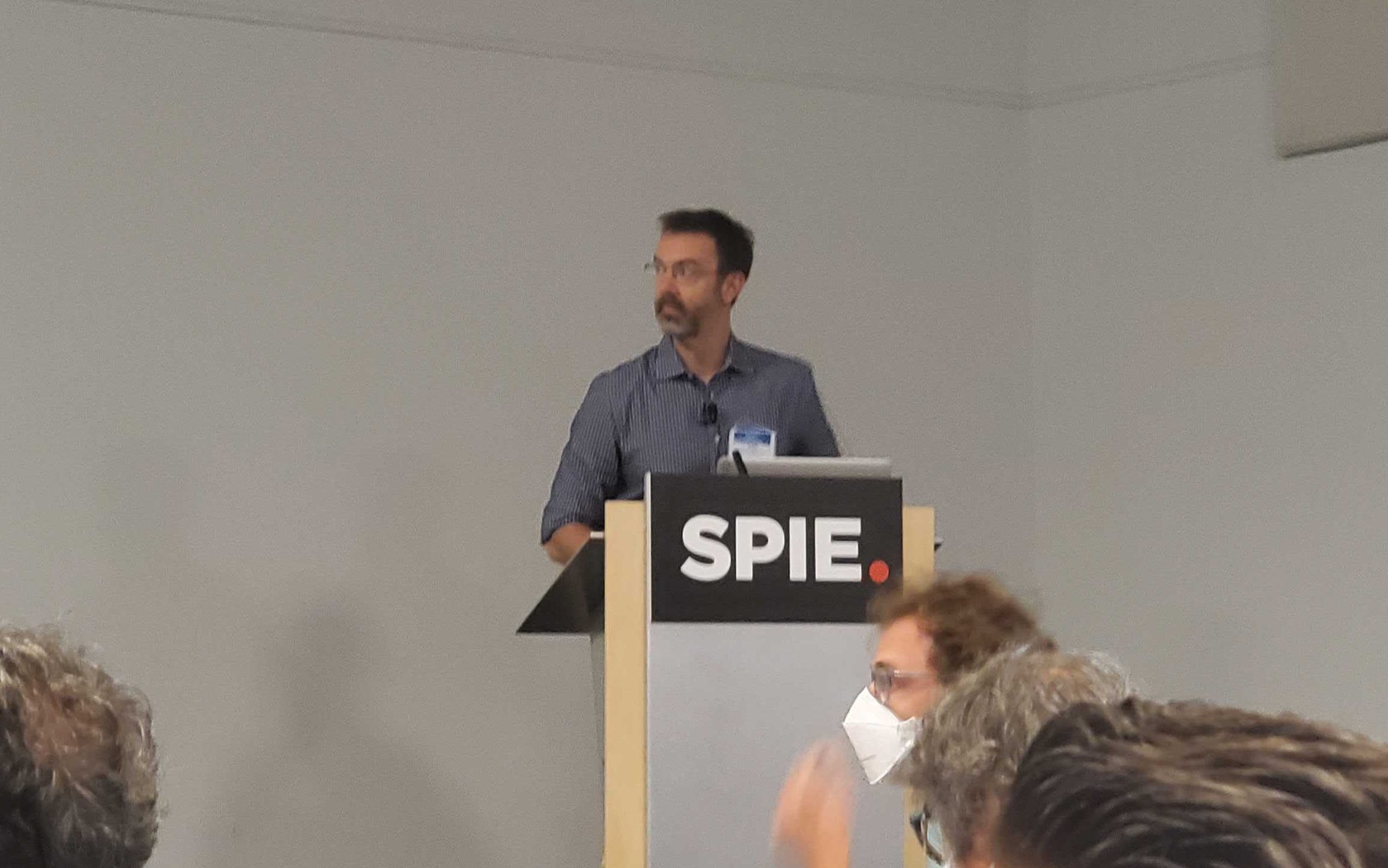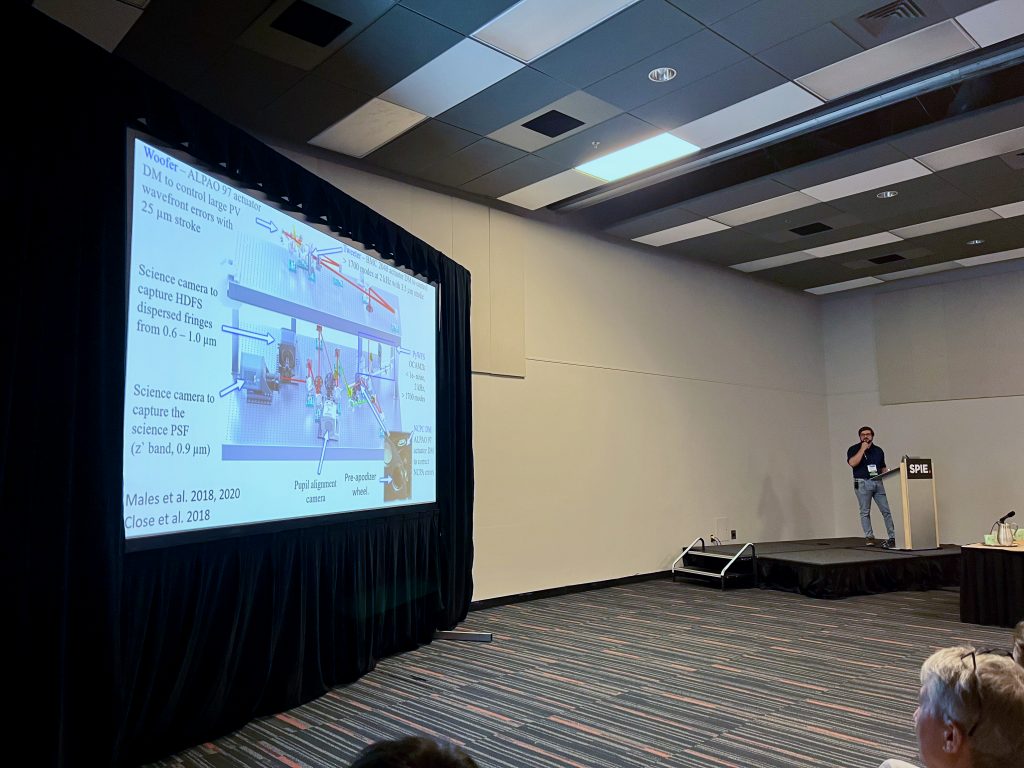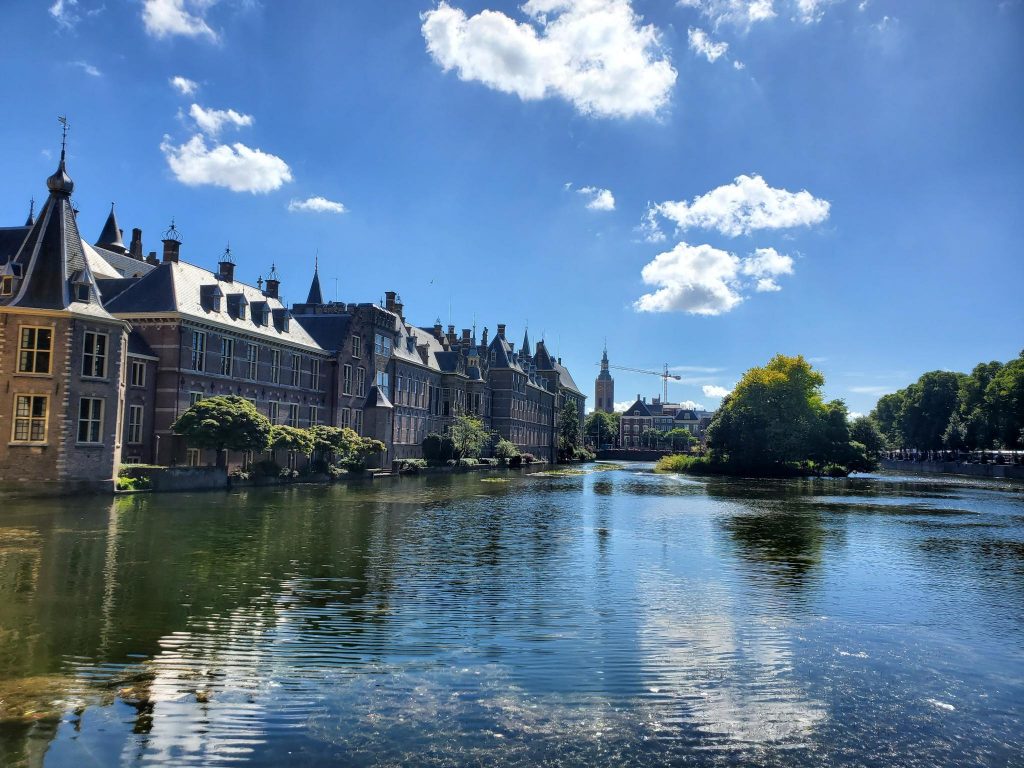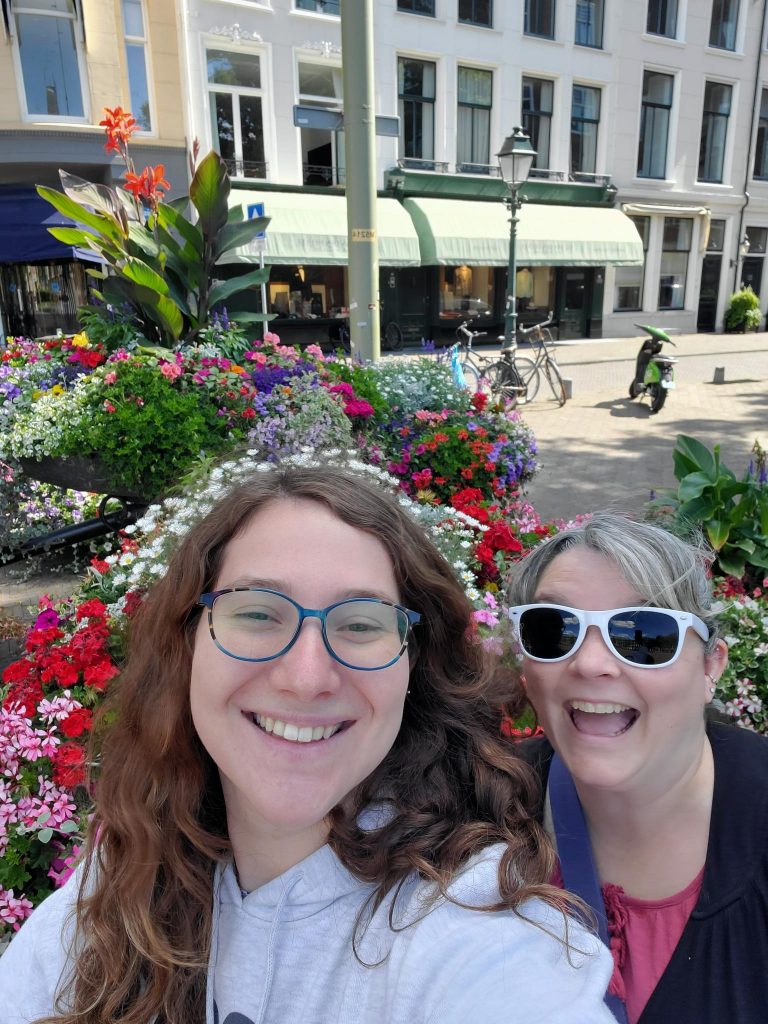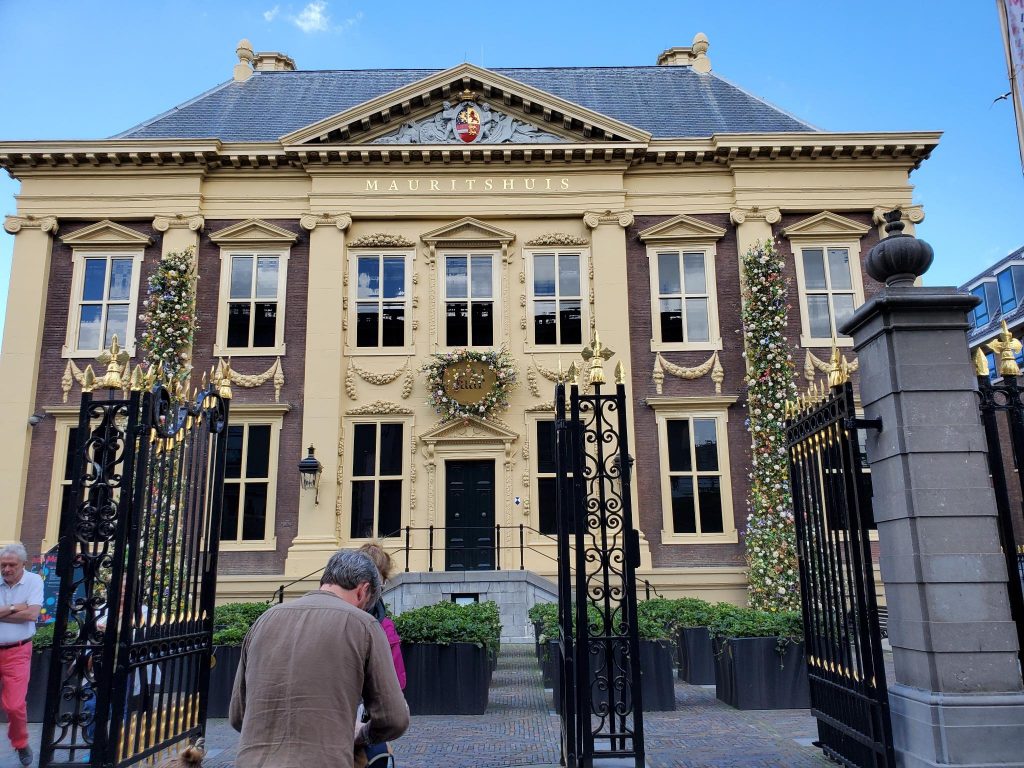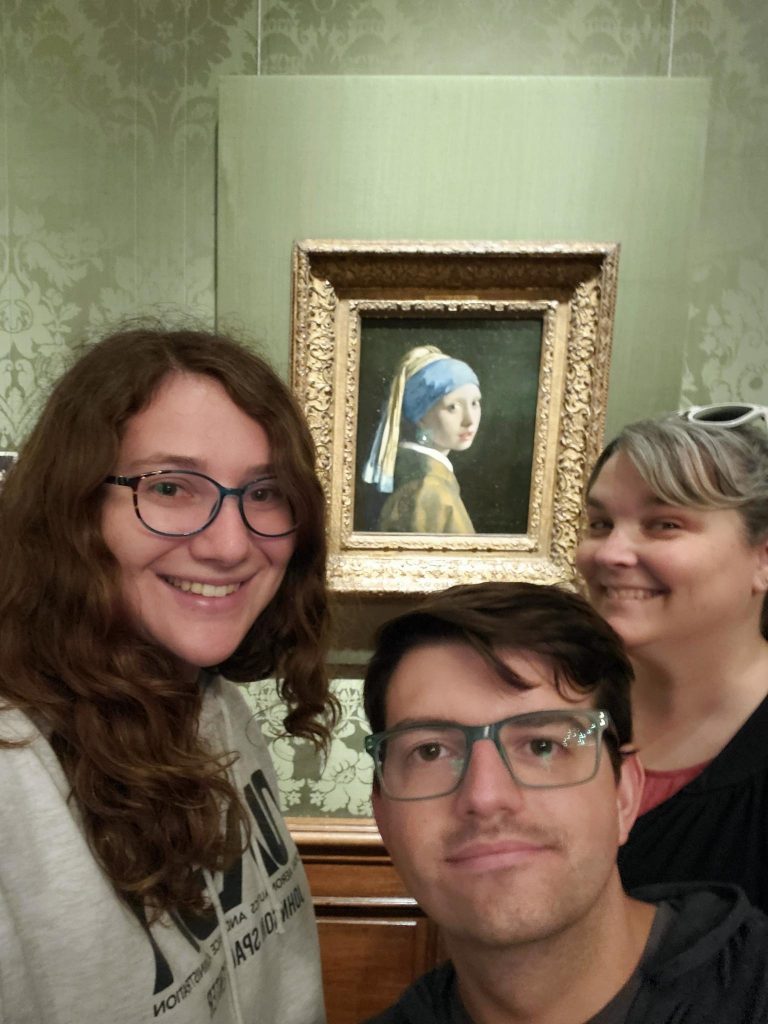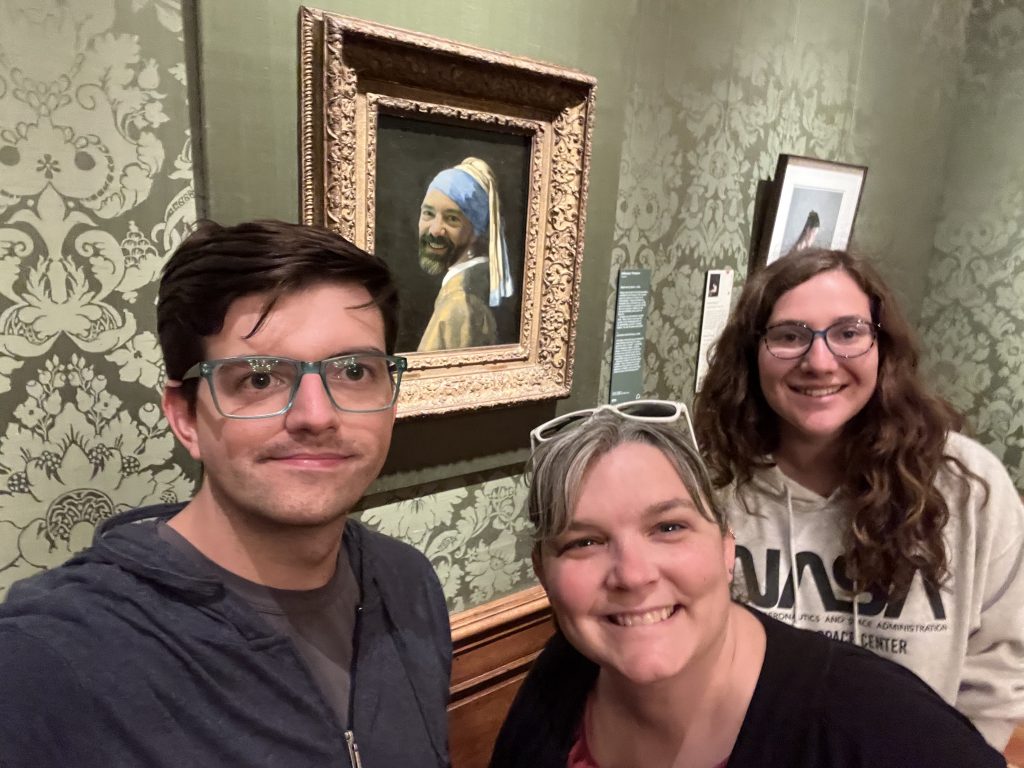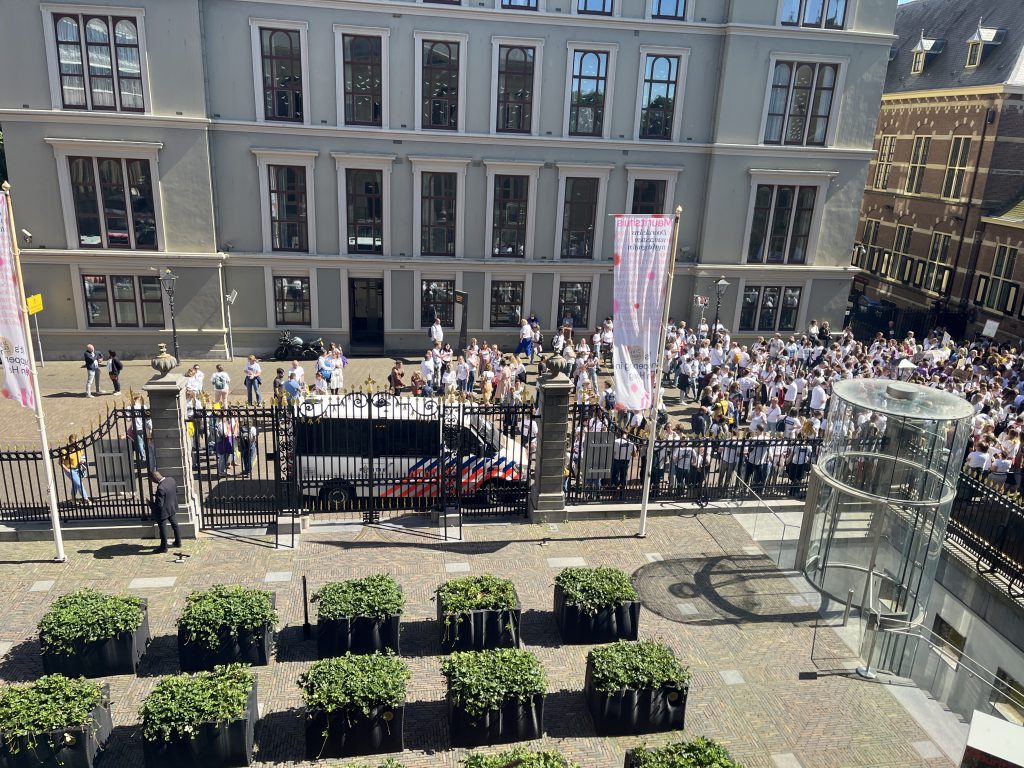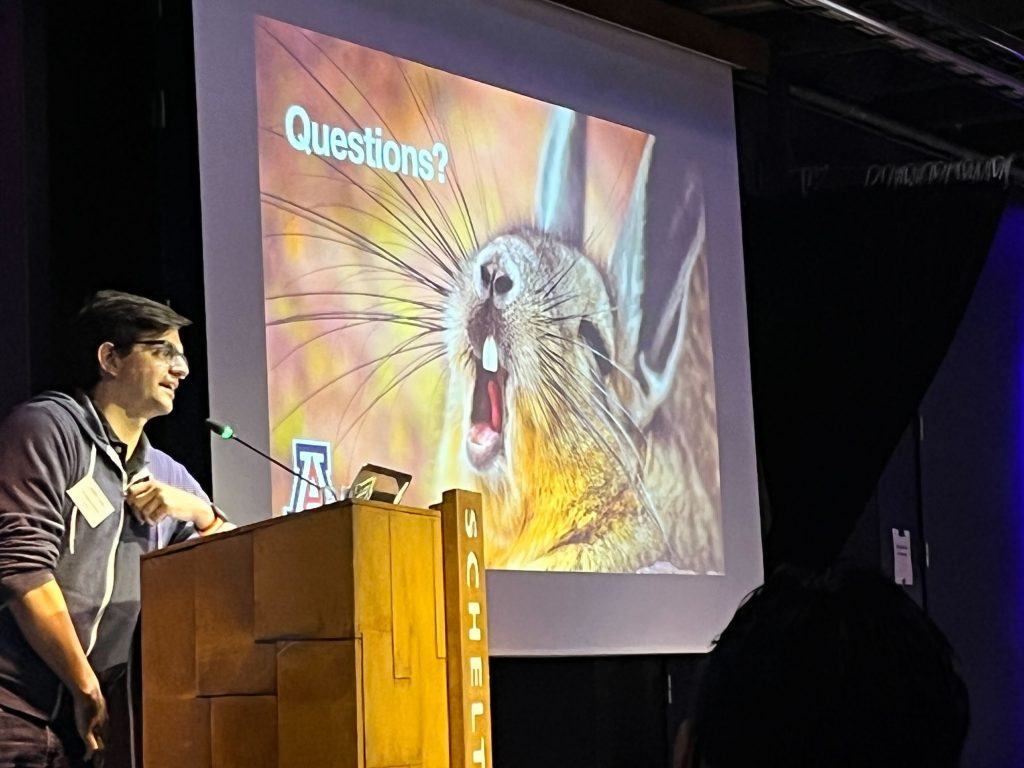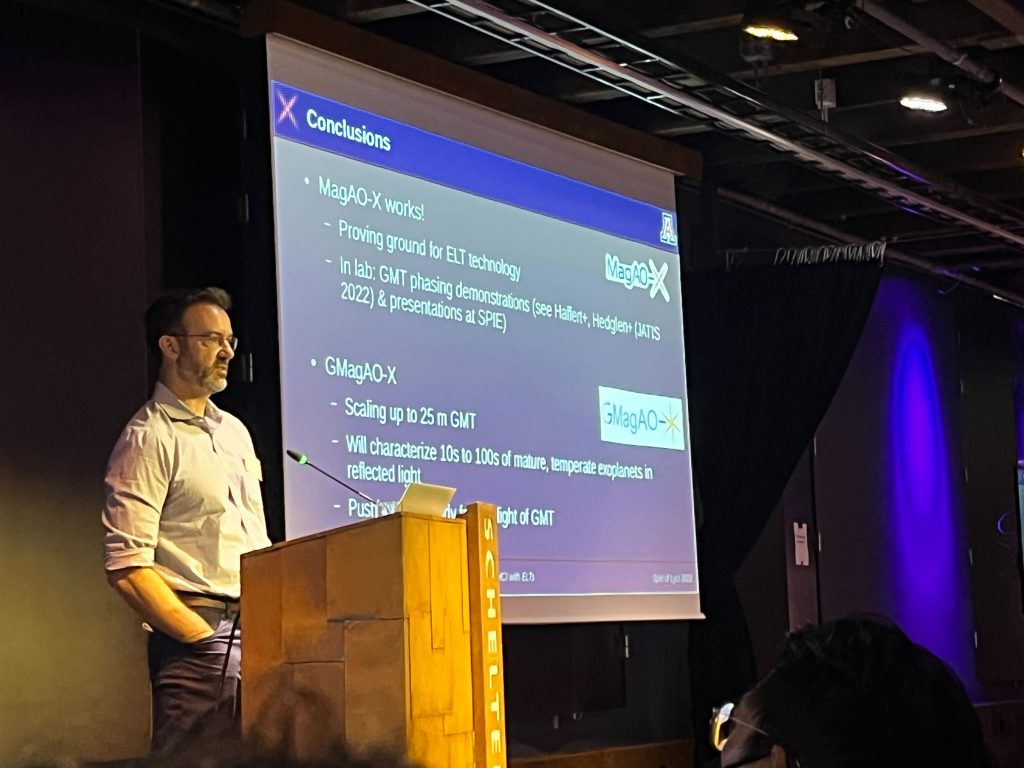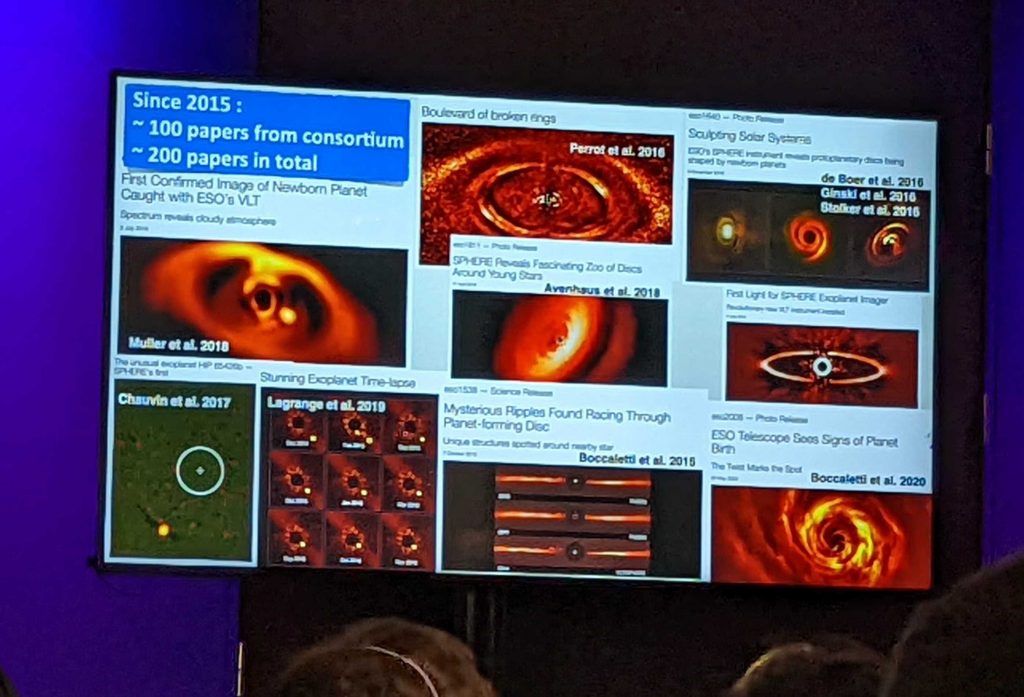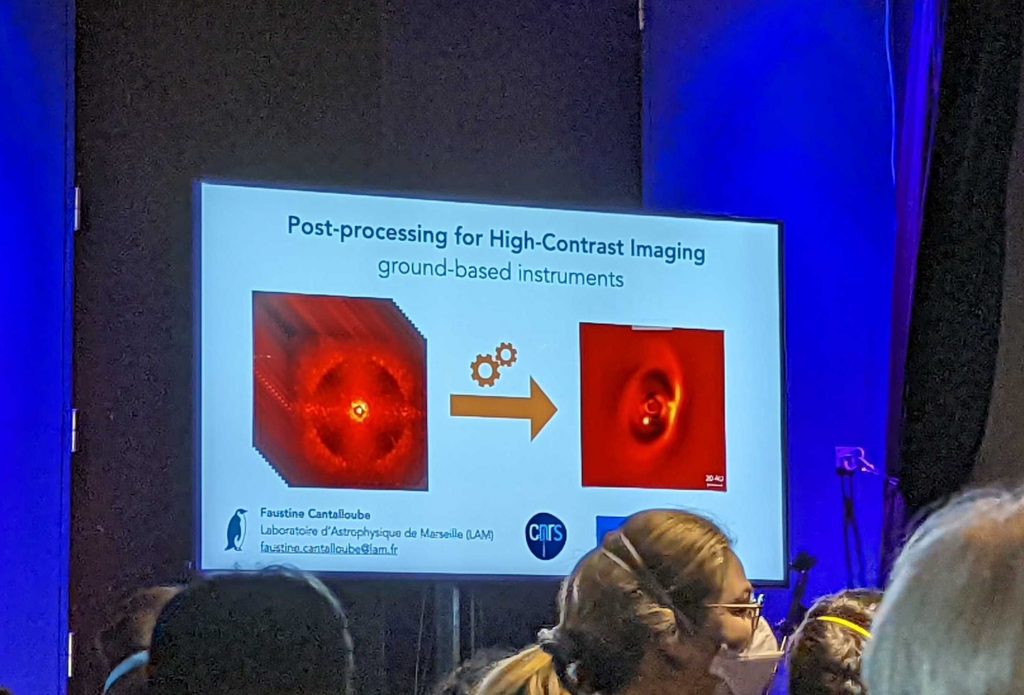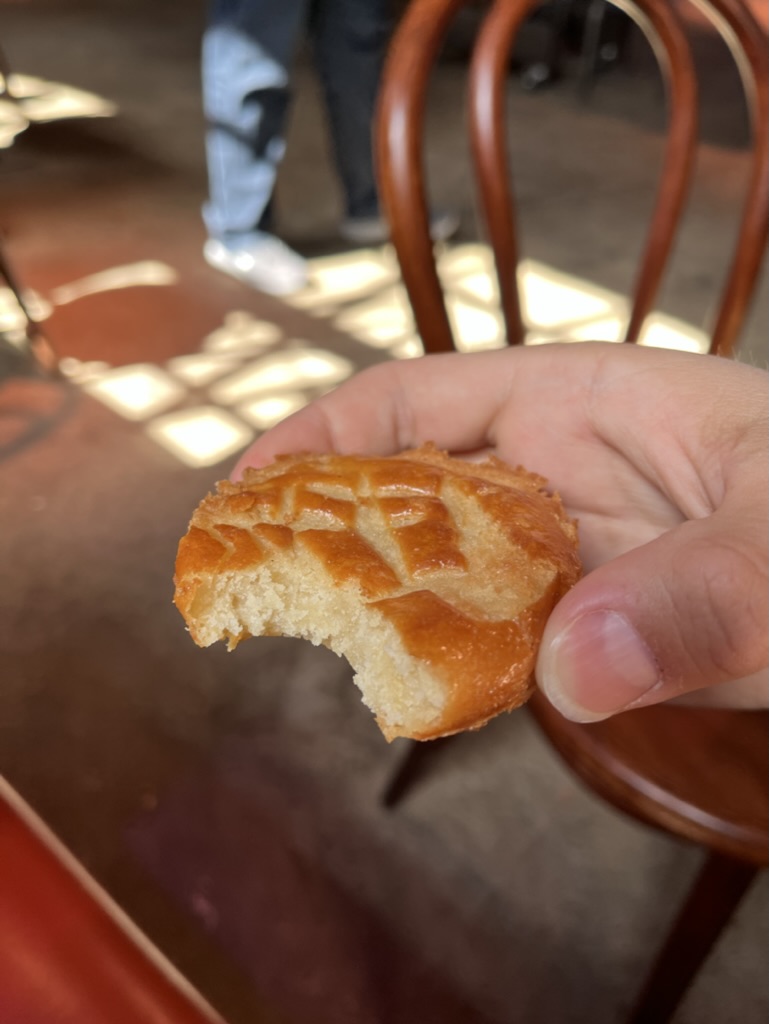While the whole group is living up up north, those of us left behind in the sweltering heat and humidity of Tucson in July got a treat today:
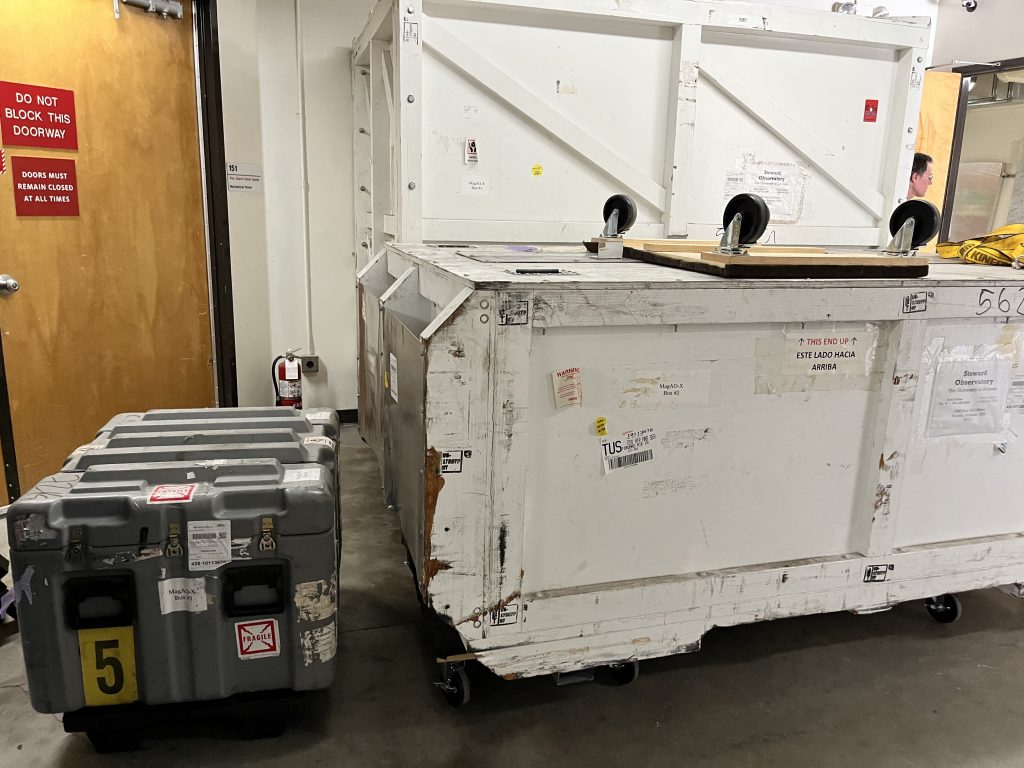
That’s right, that’s MagAO-X back home all safe and sound and looking none the worse for wear from her journey home from Chile! Delivery was kind enough to happen when literally everyone from the group is in Montreal or otherwise elsewhere, except moi and undergrad researcher Roz Roberts.
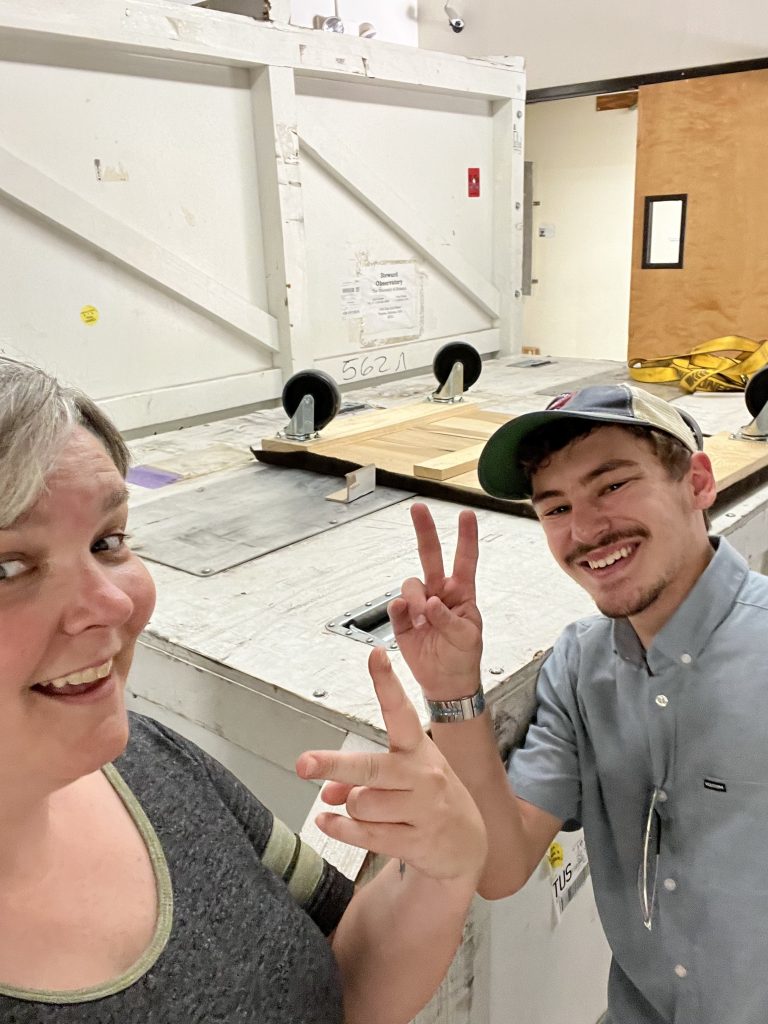
Folks it was a rough one. After about 30 mins of watching the crane and maneuvering the dollies in the 6 million degree heat and 5000% humidity (I measured), I was pretty wiped. And all we did was move it off the loading dock into the staging room. Unpacking comes next week, so stay tuned for the next update!
I attempted to replicate Joseph’s excellent video montages to middling success:
Apologies for the vertical video, I didn’t realize my error until it was too late. I will never apologize for hamster dance.
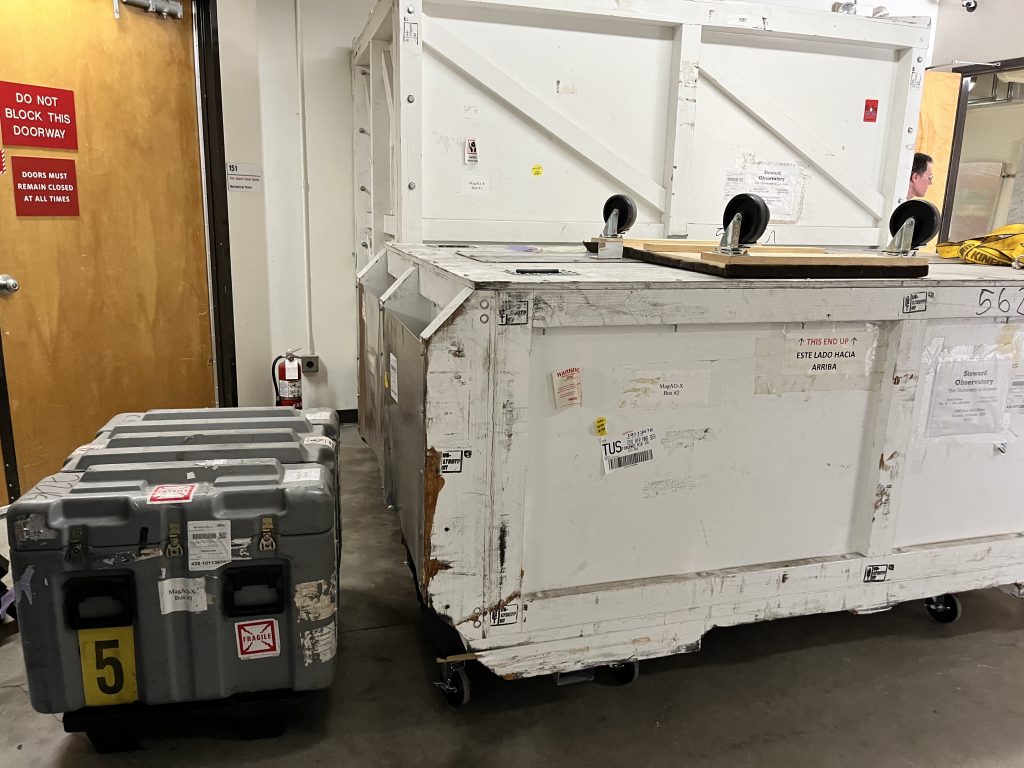
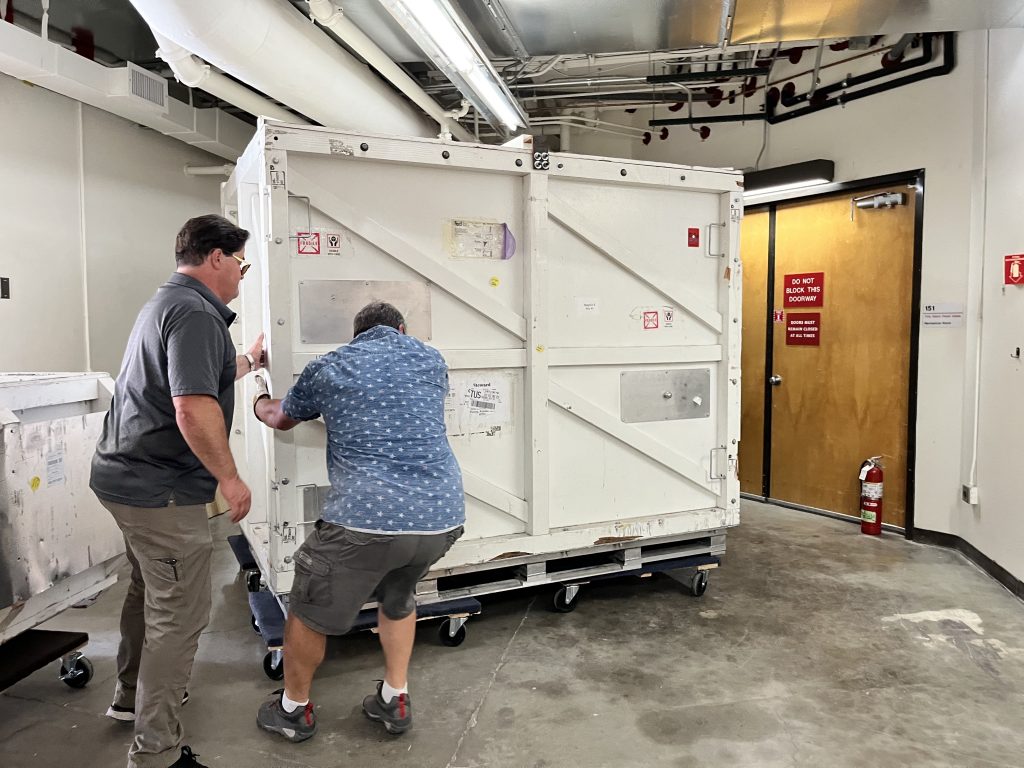
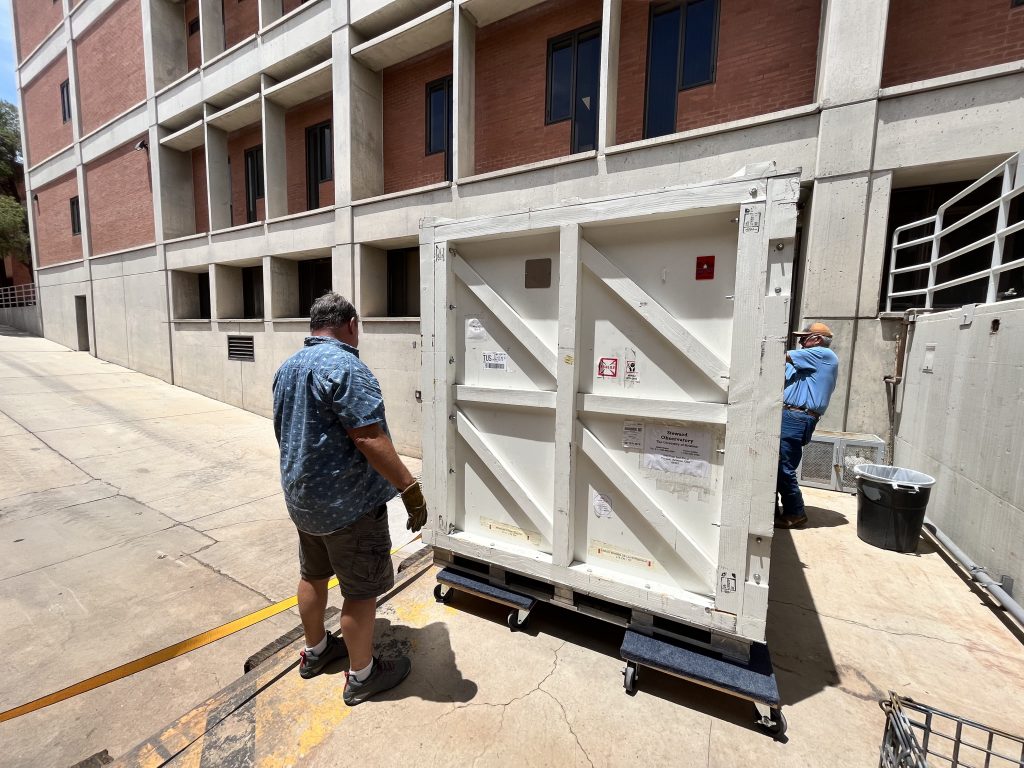
Hope y’all are enjoying the cool Canadian weather.
The song of the day is Heat Waves by Glass Animals.
